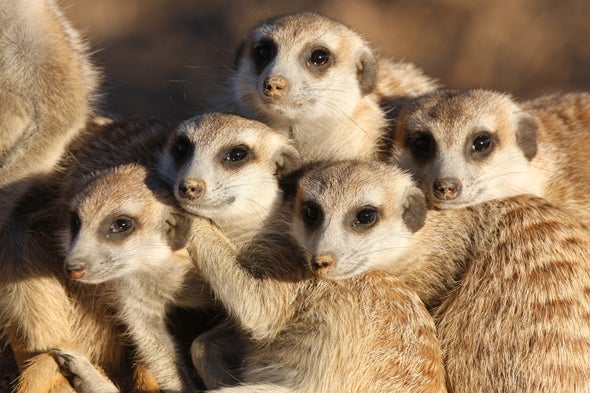German Longhaired Pointer Dog
INTRODUCTION
————————————————————————————————————
- AVG. READING TIME: 5 MINUTES
- UPDATE: 23/03/2020
HABITAT : Urban areas, including buildings, parks, and gardens
TEMPERAMENT : Affectionate, Intelligent, Kind, Friendly, Gentle, Familial
HYPOALLERGENIC : No
BREED GROUP / TYPE : Group: Sporting. Type: Purebred
SOCIAL UNIT : Family
LOCATIONS : Germany
STATUS / POPULATION : DATA DEFICIENT (IUCN Not a threat category, Population and distribution data is insufficient for assessment
MAMMALS: DOGS AND RELATIVES – CANIDAE
KEY FACTS
SCIENTIFIC CLASSIFICATION
Kingdom – Animalia
Phylum – Chordate
Class – Mammals
Order – Carnivora
Family – Canidae
Genus – Canis
Genus Species – Canis lupus
INTERESTING FACTS
1- German Shorthaired Pointers are extremely versatile hunting dogs
2- German Shorthaired Pointers were first bred as all-around, companionable hunting dogs
-
CALLING NAMES / SCIENTIFIC NAME
Calling names: German Shorthaired Pointer, Deutscher kurzhaariger, Vorstehhund Deutsch Kurzhaar, GSP DK Kurzhaar
Scientific name: Canis lupus -
COLOUR VARIATIONS
Brown Roan, White & Chocolate, Roan, Dark Chocolate
-
COAT TYPE
Double coat
-
LIFE SPAN
12 to 14 years
-
APPROXIMATE SIZE : LENGTH / HEIGHT
Height:
Male: 60 - 70cm
Female: 58 – 66cm -
TAIL
The tail should be carried horizontally, with the last third turned up
-
WEIGHT
Weight:
Male: 27–32 kg
Female: 27–32 kg -
BREEDING SEASON
Throughout the year
-
REPRODUCTION / GESTATION PERIOD
Reproduction: One time a year
Gestation period: 63 days -
LITTER SIZE
8 to 12 puppies
-
LOOK A LIKE
English Pointer
-
FARM ANIMAL
Can be
-
FOUNDED IN / DISCOVERED
1897
-
ORIGIN
Germany
-
DISTRIBUTION
Nationwide
-
OCCURRENCE
Families:
Species: -
FUEL FOR LIFE / TROPHIC LEVEL
Omnivores
-
TO HUMANS
German Longhaired Pointers make excellent family dogs
-
AS A PET
Recommended
-
KIDS FAVOURITE
Yes


